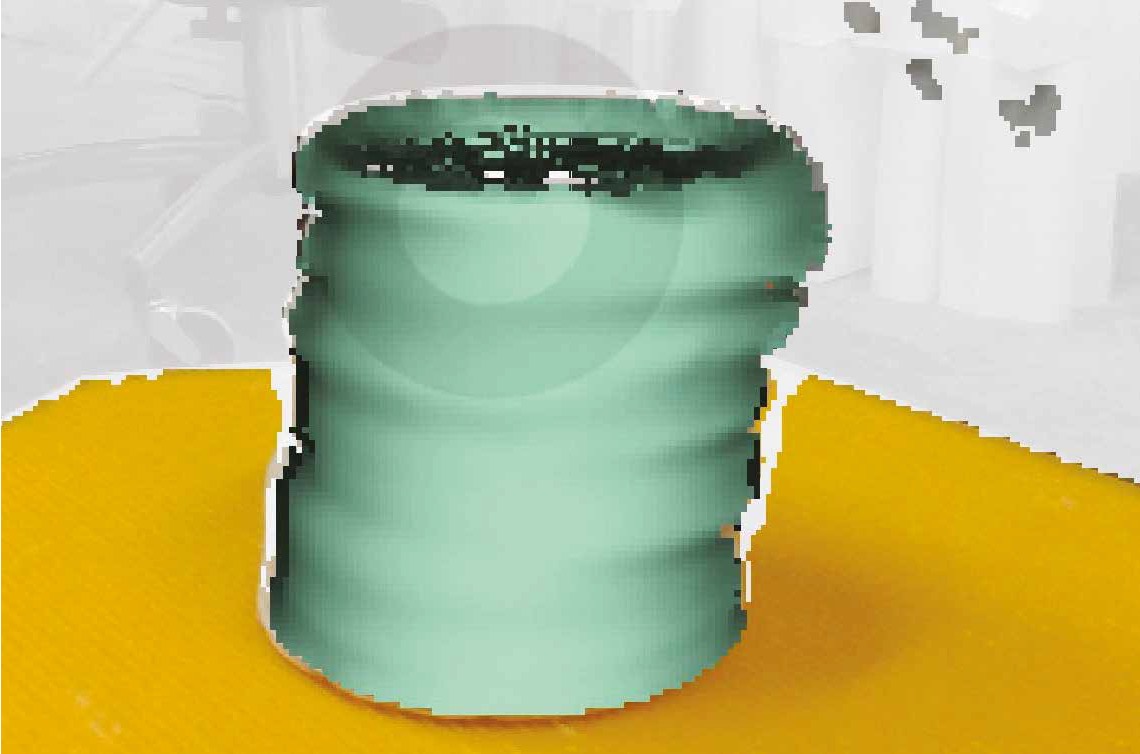A Humble Attempt to Reorient Makers to the Inevitable
Downloads
DOI:
10.31182/cubic.2020.3.029Keywords:
posthuman, digital design, craft, digital fabrication, cyberneticsAbstract
Nearing the end of the second decade of the twenty-first century many craftspeople and makers are waking up to the inevitable reality that our next human evolution may not be the same, that this time it could be different. Klaus Schwab, Founder and Executive Chairman of the World Economic Forum refers to what we are beginning to experience as the Fourth Industrial Revolution (Schwab 2017, 01). Schwab and his colleagues believe that this revolution could be much more powerful and will occur in a shorter period than the preceding industrial and digital revolutions. This revolution will cause a profound change in how we practice, labour and orient ourselves in the world. Rapidly evolving technologies will proliferate the use of robotics and personalised robots (co-bots) that can sense our presence and safely work alongside us. Digital algorithms are already becoming more reliable predictors of complex questions in medicine and economics than their human counterparts. Therefore, the gap between what a computer can learn and solve and what a robot can do will quickly close in the craft traditions. This article will engage in the discourse of posthumanism and cybernetics and how these debates relate to craft and making. Intentionally this work is not a proud manifesto of positions, strategies, and guidelines required for greatness. Alternatively, it is a humble attempt to reorient makers to the necessary discourse required to navigate the inevitable changes they will face in their disciplines. Thus, the article seeks to transfer posthumanist literary understanding to intellectually position craft in the Fourth Industrial Revolution.
How to Cite
Published
Issue
Section
License
Copyright (c) 2020 James Stevens

This work is licensed under a Creative Commons Attribution 4.0 International License.
References
Adamson, Glenn. 2013. The Invention of Craft. New York: Bloomsbury Academic. DOI: https://doi.org/10.5040/9781350036123
Deamer, Peggy and Phillip Bernstein. 2010. Building (in) the Future: Recasting Labor in Architecture. New Haven: Yale School of Architecture.
Gendzier, Stephen J. 2009. Craft [Abridged]. Ann Arbor: Michigan Publishing, University of Michigan Library.
Gershenfeild, Neil A. 2005. Fab: The Coming Revolution on Your Desktop — from Personal Computers to Personal Fabrication. New York: Basic Books.
Harari, Yuval N. 2017. Homo Deus: A Brief History of Tomorrow [Hisṭoryah shel ha-maḥar.]. First US ed. New York, NY: Harper, an imprint of HarperCollins Publishers.
Hayles, Katherine. 1999. How We Became Posthuman: Virtual Bodies in Cybernetics, Literature, and Informatics. Chicago, Ill.: University of Chicago Press. DOI: https://doi.org/10.7208/chicago/9780226321394.001.0001
Keeling, Diane Marie, and Marguerite Nguyen Lehman. 2018. “Posthumanism." Oxford Research Encyclopedia of Communication. doi: http://10.1093/acrefore/9780190228613.013.627. DOI: https://doi.org/10.1093/acrefore/9780190228613.013.627
Marx, Karl. 2009. “Economic and Philosophic Manuscripts of 1844.” Economica 26 (104; 1; 3.). DOI: https://doi.org/10.2307/2550890
McCullough, Malcolm. 1996. Abstracting Craft: The Practiced Digital Hand. Cambridge: MIT Press.
Pye, David. 1968. The Nature and Art of Workmanship. Cambridge: Cambridge University Press.
Ruskin, John. 1867. The Political Economy of Art: Being the Substance (with Additions) of Two Lectures Delivered at Manchester. London: Smith, Elder.
Schwab, Klaus. 2016. The Fourth Industrial Revolution. First US ed. New York: Crown Business.
Sennett, Richard. 2009. The Craftsman. London: Penguin Books.
Stevens, James C. 2015. Digital Vernacular: Architectural Principles, Tools, and Processes. New York, NY: Routledge. DOI: https://doi.org/10.4324/9781315730271

